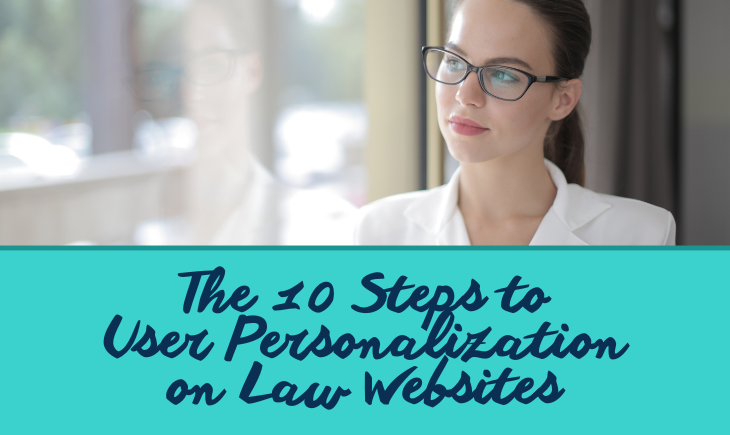Creating a personalized user experience is critical to enhancing user engagement, satisfaction, and conversion rates on your law firm’s website. Here are some ways to provide excellent user personalization for your website visitors:
1. Personalized Content
Content personalization is the process of creating customized experiences for individual users. Using cookies or user accounts, present visitors with relevant content based on browsing history, location, or interaction with your site. For instance, if a user was reading about family law services, you can highlight related articles or services to them.
2. Interactive Chatbots
Implement AI-driven chatbots to provide instant, personalized interaction. Chatbots can answer basic queries, guide users to relevant information, and even help schedule appointments. They can mimic human conversation and provide quick, tailored responses based on user input.
3. User-Friendly Design
An intuitive, easy-to-navigate website design for family lawyers can significantly enhance the user experience. Make it simple for visitors to find what they need with clear, well-organized menus and a search function. You can also personalize this experience by using cookies to remember a user’s preferences or past activities, making their navigation more straightforward.
4. Client Portal
If your firm handles ongoing cases with clients, consider a client portal. Here, clients can view updates on their cases, access essential documents, and communicate with your team. This personalizes the experience and gives clients a sense of involvement and control.
5. Geolocation Services
Use geolocation technology to provide location-specific information. This can be notably valuable for law firms with multiple offices. When a user visits your law website, you can direct them to the nearest office, provide location-specific contact information, or even offer content relevant to legal issues common in their location.
6. Personalized Communication
Ensure all communication is personalized, whether automated or manual. This includes using the client’s name in emails, tailoring email content based on the client’s interests or case, and sending notifications about relevant new services or legal updates.
7. Recommendation Engine
Like e-commerce websites, law firms can use recommendation engines to suggest relevant content or services. For example, if a user reads a blog post about starting a business, the website can recommend your business formation services.
8. Responsive Design
A website that adapts its layout depending on the device a user is browsing on provides a personalized user experience. A mobile-friendly site ensures users have a positive experience, whether using gadgets like a smartphone, tablet, or desktop.
9. User Segmentation
Use user segmentation to divide your website visitors into categories based on factors like the type of legal service they’re interested in, location, or browsing behavior. You can then use these segments to provide personalized experiences.
10. A/B Testing
Use A/B testing to determine the best strategies for personalizing user experience. This involves changing one element of your website for a segment of your users and comparing the results to the rest.
Please Remember
Remember, while personalization can enhance the user experience, it involves using personal data. Be sure to follow all relevant data privacy regulations and best practices.
Conclusion
By providing a user personalization on your law website, you’ll likely increase engagement, client satisfaction, and conversions, making your online presence more effective and beneficial for your firm.


